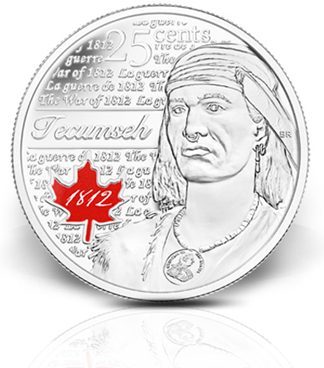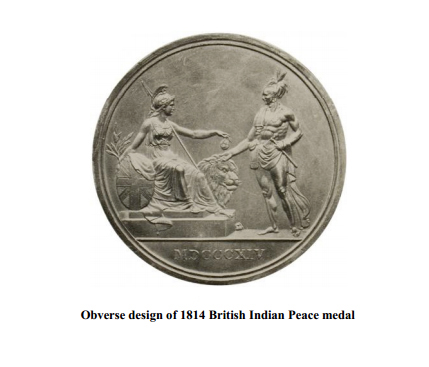

In the wake of the coronation of King Charles III, it is appropriate to reflect on the accomplishments of our late & beloved sovereign Queen Elizabeth II. Of primary significance for Canadians was the signing of the Constitution Act, on the 17th of April 1982. It meant that we had finally accepted Britain’s offer of sovereignty, made in 1931.
This fact is often forgotten, along with the role that Canada’s Native leaders had in constitutional patriation. Representatives actually flew to London to meet with Her Majesty. Her Canadian ministers, of course, advised against such a summit. Oddly, they always had a seat at the negotiating table thereafter. Indeed, this is why the Aboriginal and Treaty rights of First Nation, Métis, and Inuit are guaranteed in Sections 25 & 35.
Though Canadians let the 40th anniversary of this event slip by, our indigenous brothers and sisters did take note. A forum organized at the University of Calgary discussed whether the intervening years had advanced their land rights. One of the participants* polled ten colleagues on the current state of affairs. Only she and the author were hopeful.
In an apparent test of those newly secured rights, the Gitxsan and Wet’suwet’en peoples of northwest British Columbia launched a land claim in 1984. Hereditary Chief Mary Johnson testifies by singing the Gitxsan oral law, to the consternation of the judge. In 1990, a municipal golf course threatened to expand onto a Kanesatake burial ground in Oka. A Sûreté du Québec officer dies during the resistance. In 1995, the territory of Stony Point and Kettle First Nations endured a tactical intervention by the Ontario Provincial Police. Native protester Dudley George is killed. In 2006, land promised to our Haudenosaunee allies in Caledonia is proposed for housing developments. Demonstrations and occupations ensue. In 2020, naïve proposals re-enact this scenario. To come full circle, 2020 also saw the RCMP arrest hereditary matriarchs standing in the way of a contested pipeline through Wet’suwet’en lands.
The past four decades witnessed a Royal Commission on Aboriginal Peoples, an Ipperwash Inquiry, and a Truth and Reconciliation Commission. Jurisprudence from numerous court cases: Sparrow, 1990; Delgamuukw, 1997; Taku River, 2004; Mikisew Cree, 2005; Lil’wat & Squamish, 2014; SON, 2017, have established that the honour of the Crown is always at stake when dealing with Aboriginal Peoples. In the assertion of sovereignty Britain created “a protectorate relationship with indigenous peoples” because they were not conquered (Haida, 2004). This relationship instantiates an obligation to not only consult regarding land uses, but an obligation to accommodate the issues raised.
Lately, inspirational planning efforts have emerged, such as the explicit participation of First Nations in the creation of the Yukon’s Peel Watershed Plan (Peel, 2019), or with the County of Peterborough’s Official Plan review, or at the District of Muskoka’s Leadership Table. Though our late Sovereign made Aboriginal and Treaty rights integral to our constitutional framework, as our new King takes the throne it appears the application of those rights has only just begun.
* Carolyn King; Order of Canada recipient, President of the Shared Path Consultation Initiative, first female Chief of Mississaugas of the Credit First Nation, Honouary Member of OPPI, and founder of the Moccasin Identifier project.
Images retrieved from “First Nations and the War of 1812”: [https://firstnationswarof1812.wordpress.com/culture/peace-medals/] 5 June 2023
Canadian quarter: Shawnee War of 1812 hero wearing King George III peace medal.
King George III medal of service in War of 1812: Britannia presents First Nation Chief with peace medal.
